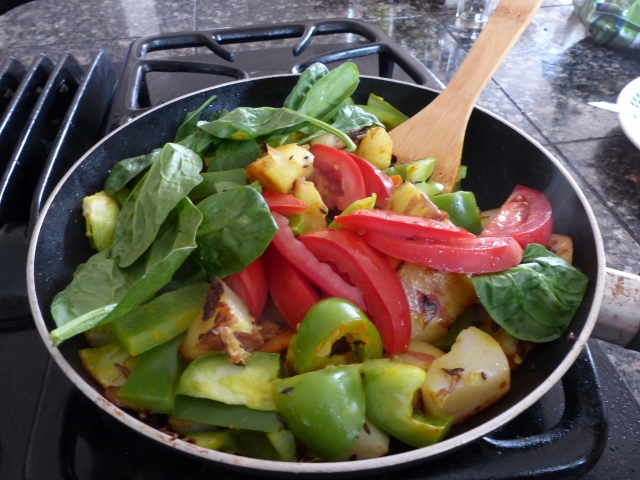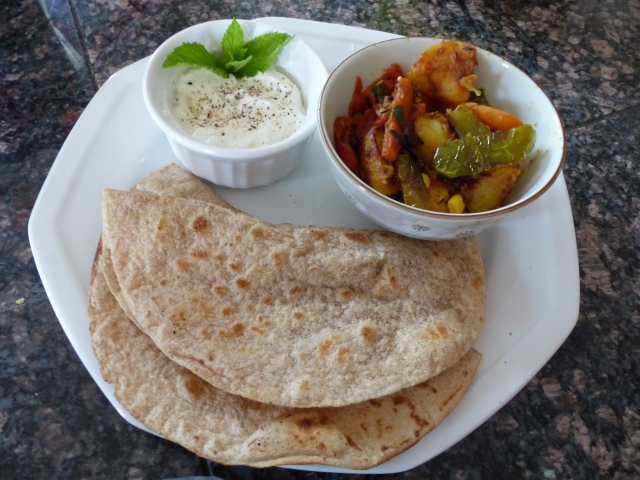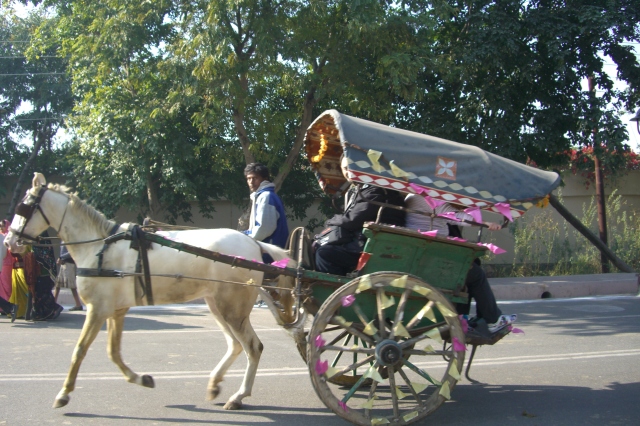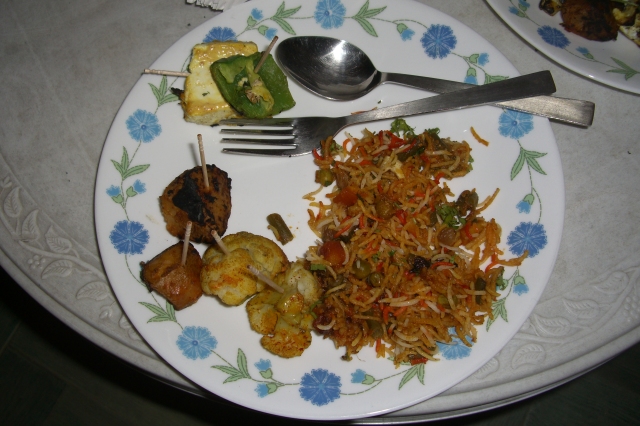
Chapter links
1: DISILLUSION
Ruhi Sharma was a blushing bride, practically a newlywed, locked up in this glittering cage for almost a month, twenty-nine days to be exact; an object of envy of all her friends and family.
Twenty-nine days ago, she had signed her name beside his on the marriage certificate. She had gone through all the miscellaneous ceremonies associated with the typical grand Indian wedding—the engagement, the Mehendi, the Sangeet, the Haldi, and the grand finale (her father had spared no expense) until finally her betrothed had staked his claim by placing the Sindoor on her forehead and tying the Mangalsutra around her neck, and she had quietly and blissfully followed him around the sacred fire carefully listening to and reciting the Saath Pheras in her mind.
She was the very beautiful and accomplished daughter of Amrit and Devyani Sharma, the apple of their eye, and they had left no stone unturned in raising her the best way they possibly could.
Friends and family were surprised for not only had Ruhi been provided with a very good education, she held an MBA from a leading institution, but her parents had also made sure that she was adept in all other various skills, which a well-bred traditional Indian girl is desired to be proficient in. Therefore, nobody marveled when marriage proposals came pouring in from all directions.
But the Sharmas were choosy; they wanted only the best for their golden child, and they did get it, or so they surmised.
The idea of giving their daughter’s hand in marriage to the well-accomplished son of the most well-known family in Chandigarh was beyond their wildest imagination. It was wilder because they hadn’t gone in search of it, rather it had come and landed on their lap.
Shaan, the youngest and most eligible of the Ahuja clan, was twenty-seven, a fresh aerospace masters grad from a premier engineering institute located in the Los Angeles county of United States, California, who had already bagged a plum job in a leading aeronautics and space exploration company in sunny LA.
“My son makes interplanetary spacecraft. He’s the man of the future” had become the proud and frequent rant of Mr. Shiv Ahuja, who for some odd reason seemed to be trying to paint his son in the most rosy of tones even though he really didn’t need to, for as soon as Ruhi saw her future husband’s likeness, she lost her heart, and there was no question of a retrieval.
~~0~~
“Chai?”
“Huh? Yes please with just a pinch of sugar. Thanks!” He took the cup from her hands, careful not to touch her fingers.
Ruhi closed her eyes; she could now repeat every movement, every word by rote. He was a creature of habit…and she was bored.
What was supposed to be the most exciting time in every young woman’s life had turned out to be the worst…Well, not really. He wasn’t mean. rather he was the perfect gentleman, too perfect!
Oh how she wished he would rather be screaming mean and nasty. At least that would bring some excitement into her not- so-happening life! She laughed, pausing as she brushed her long black hair, rather hysterically.
The bombshell had dropped on their wedding night.
He had walked into the room late as she sat there, a shy bride in all her wedding finery waiting, nervous yet excited at the same time, to meet the man she had hardly spoken to or looked at. What would he say, talk about, or do?
She had heard a lot of stories about what to expect, some factual and some fabricated (her friends had prepared her well), but she wanted her own to be special, unique, and it was…
Sitting down on the bed in front of her, he had taken her hand in his and said very gently, as if to tone down the trauma, “I bet you are one of the most beautiful brides in the world, but I’m sorry I cannot make love to you. There is someone else.”
Not sure if she’d heard right, Ruhi had watched puzzled as he lay down on the mattress and turned his back to her. Is that it? A plain and blunt dismissal of her dreams, her life? Was that all?
tbc
Glossary:
Mangalsutra: Sacred thread that a married woman wears around her neck.
Mehendi, Sangeet, Haldi: Traditional marriage rituals conducted during a North Indian Hindu marriage ceremony. During the Mehendi ceremony, henna is applied to the bride’s hands to strengthen the bond of love in the mar- riage. During the Sangeet or music ceremony, the families of the bride and groom celebrate the upcoming wedding with music and dance. During the Haldi or turmeric ceremony, turmeric is applied to the bride and groom in their respective homes as part of the cleansing and beautification process.
Saat Phera: Seven sacred vows taken during a traditional Hindu wedding ceremony by the bride and groom.
Sindoor: Red vermillion powder worn by married women along the parting of their hair.

























